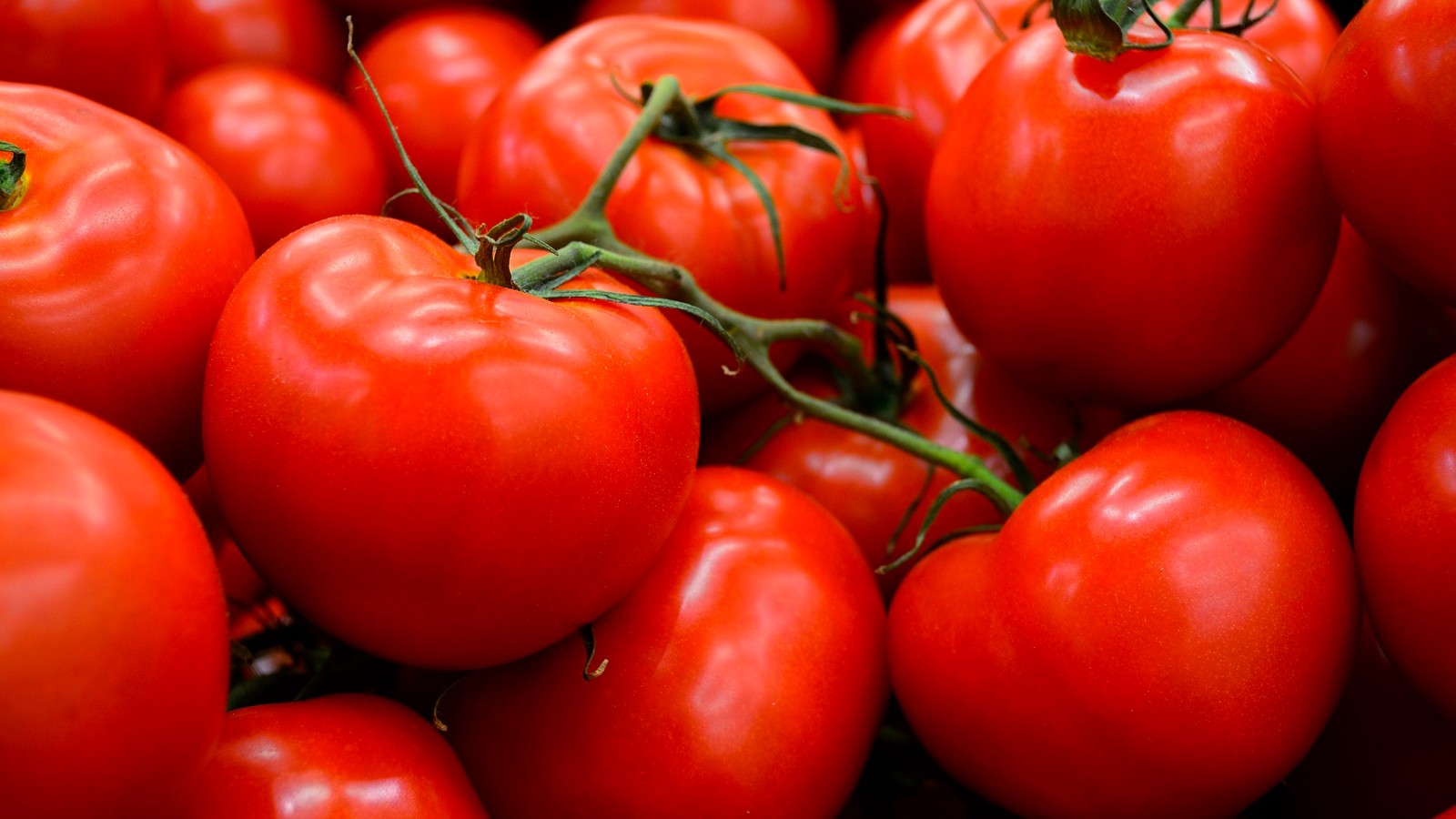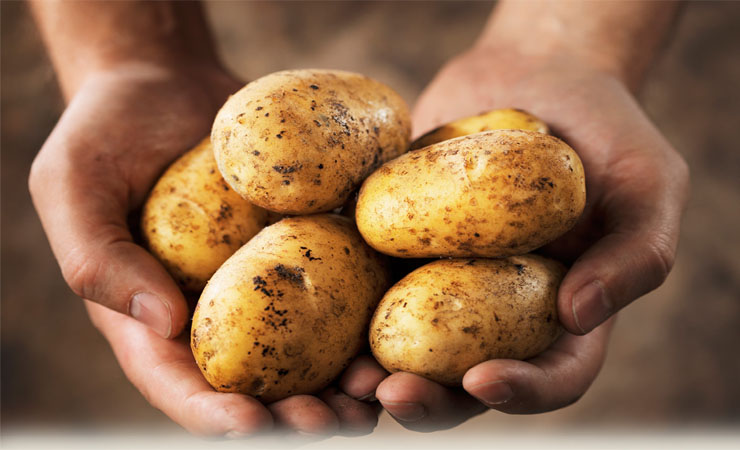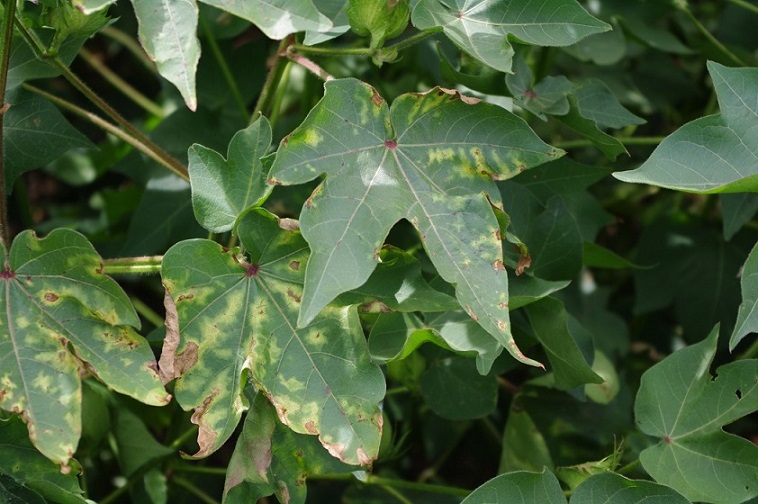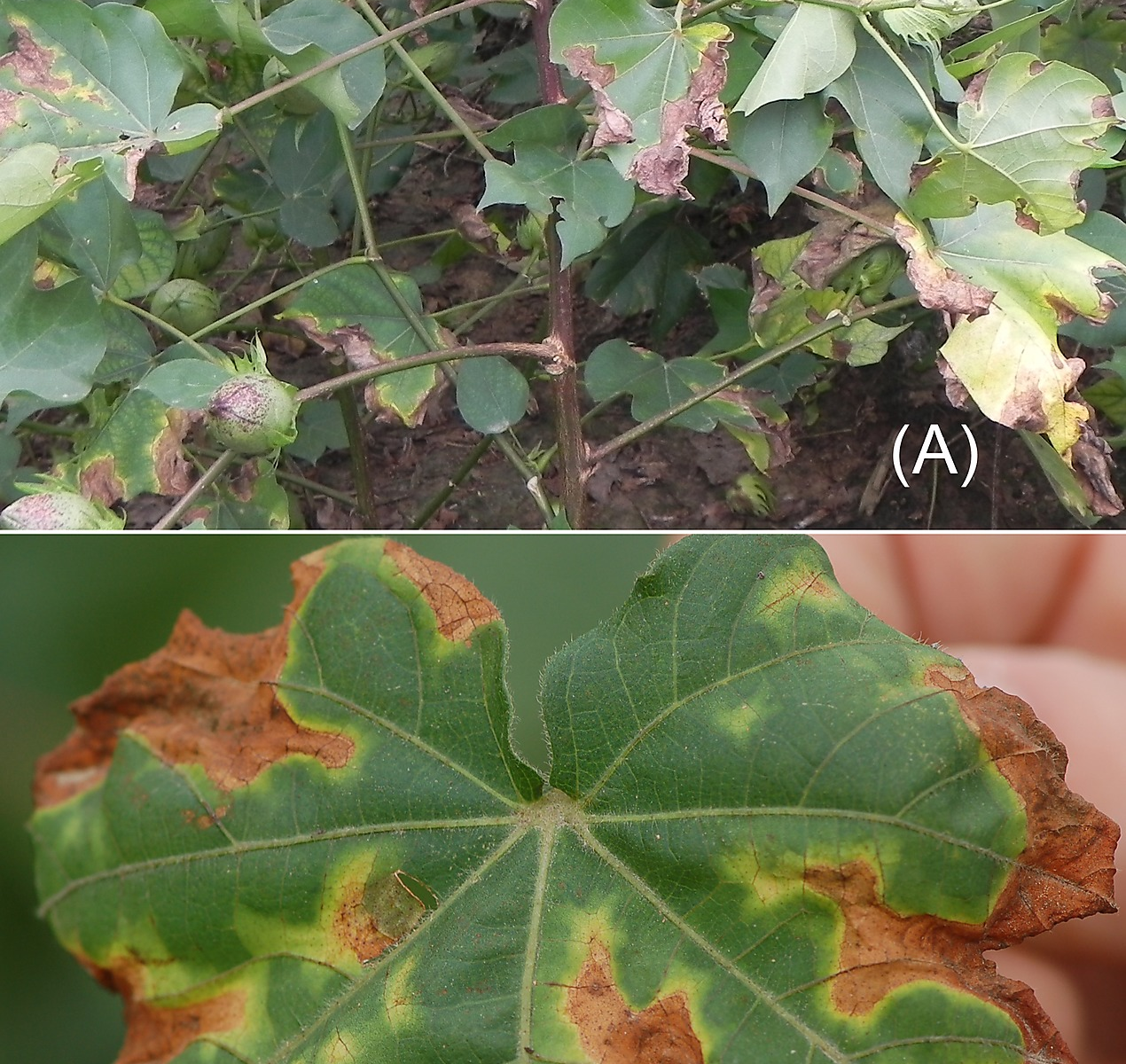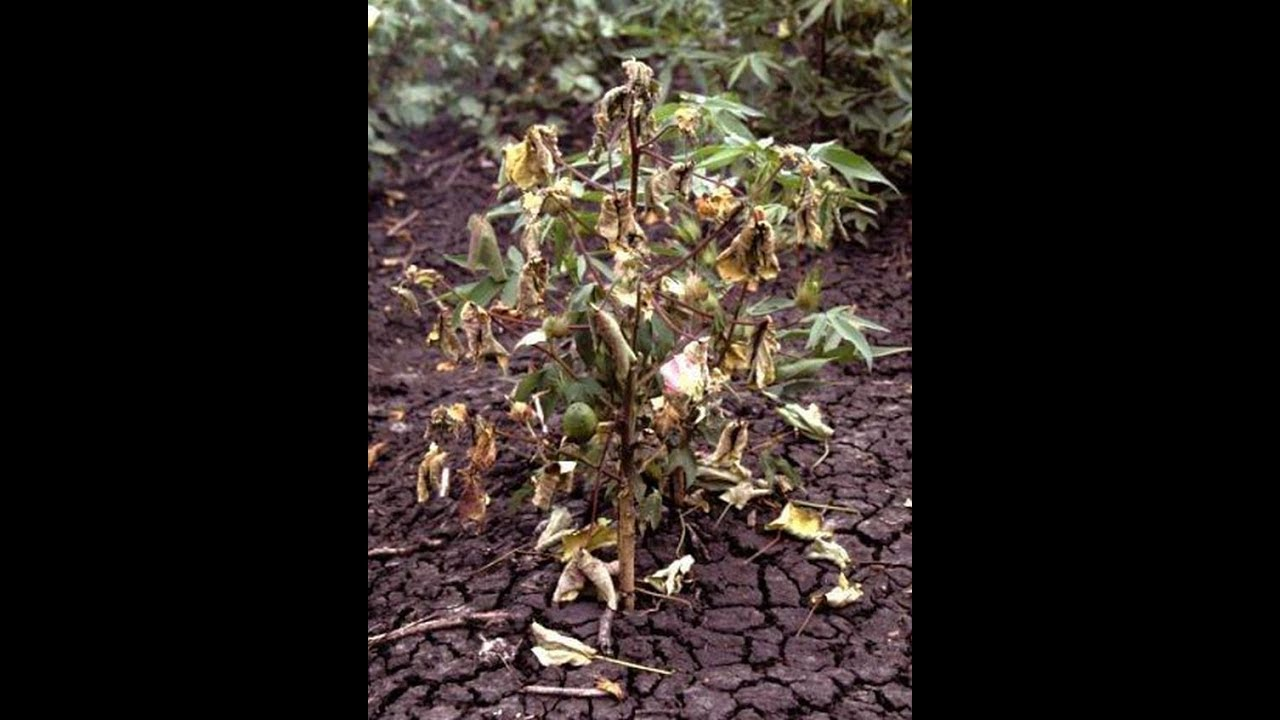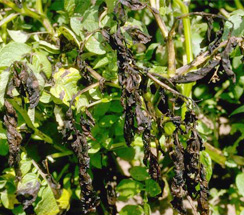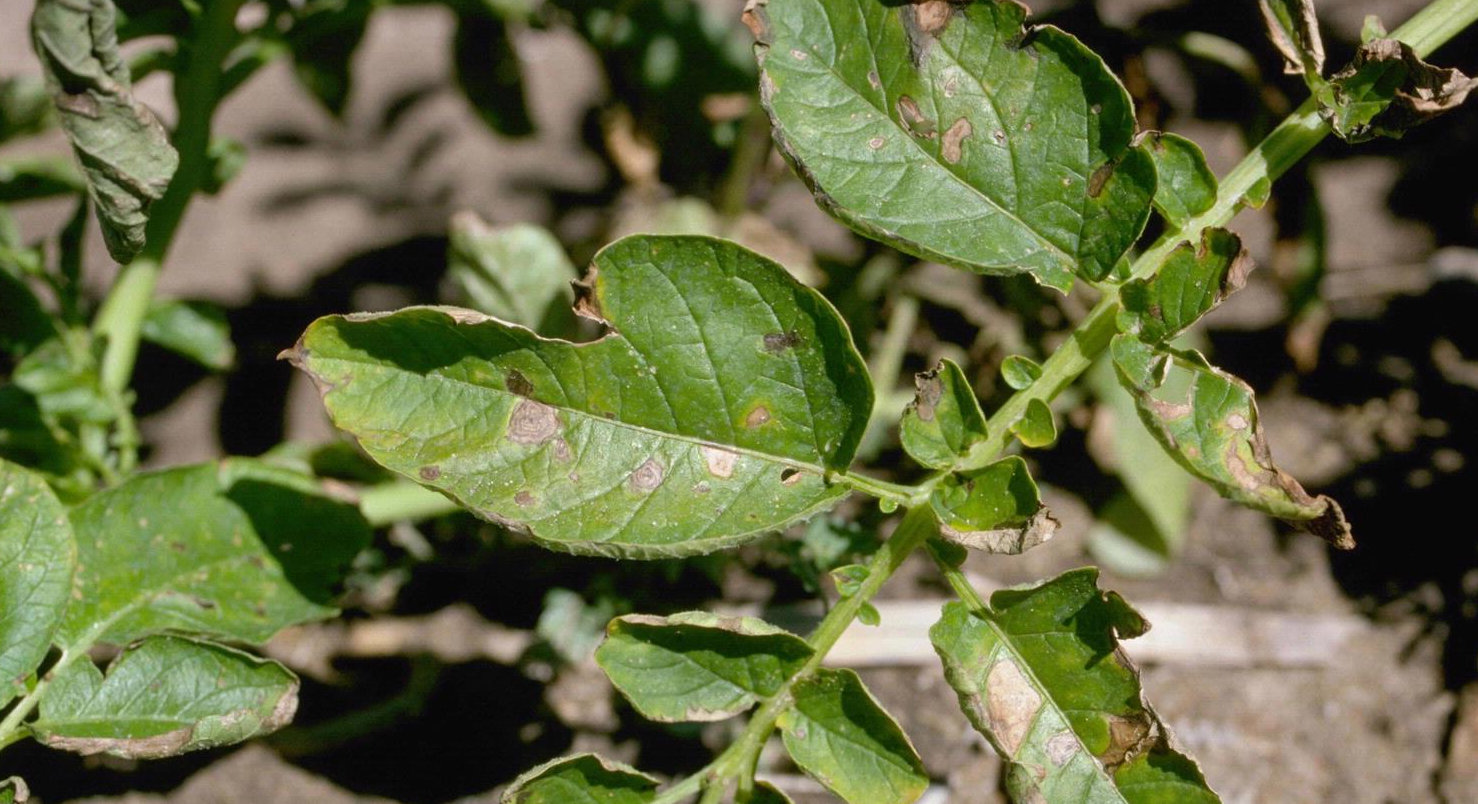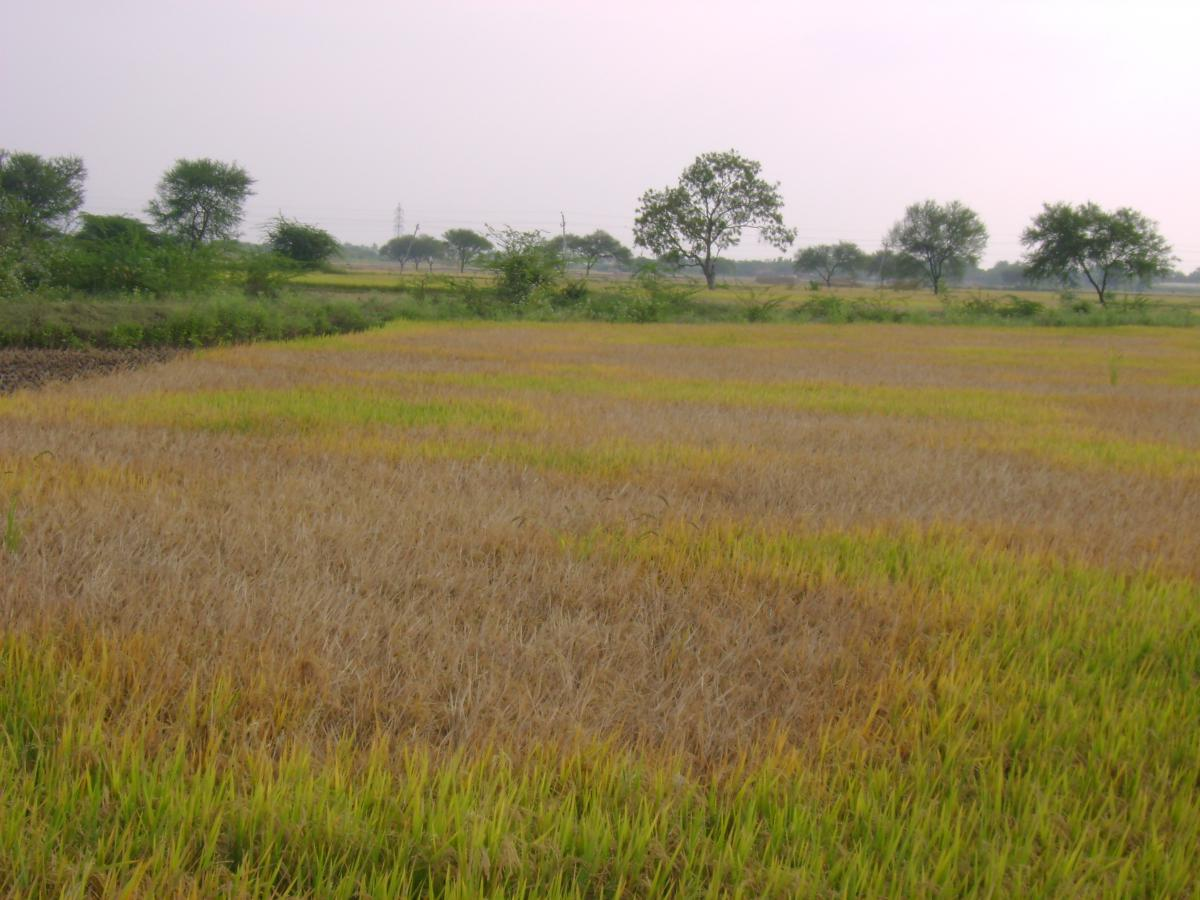Weed Control in Tomato Crop:-
- About 2-3 hoeing up are essential at the initial stage of plant growth.
- Application of pre-emergence weedicide of Pendimethalin 30% SC @ 700 ml/Acre with one hand weeding 45 days after transplanting is more effective for weed control.
- Application of post-emergence weedicide of Metribuzin 70% WP @ 300 Gm/Acre 15 days after transplanting.
- Application of mulches like straw, saw dust and black polythene are used in controlling weeds, moisture conservation for better quality of yield.
Like and share with other farmers by clicking on button below
Share
